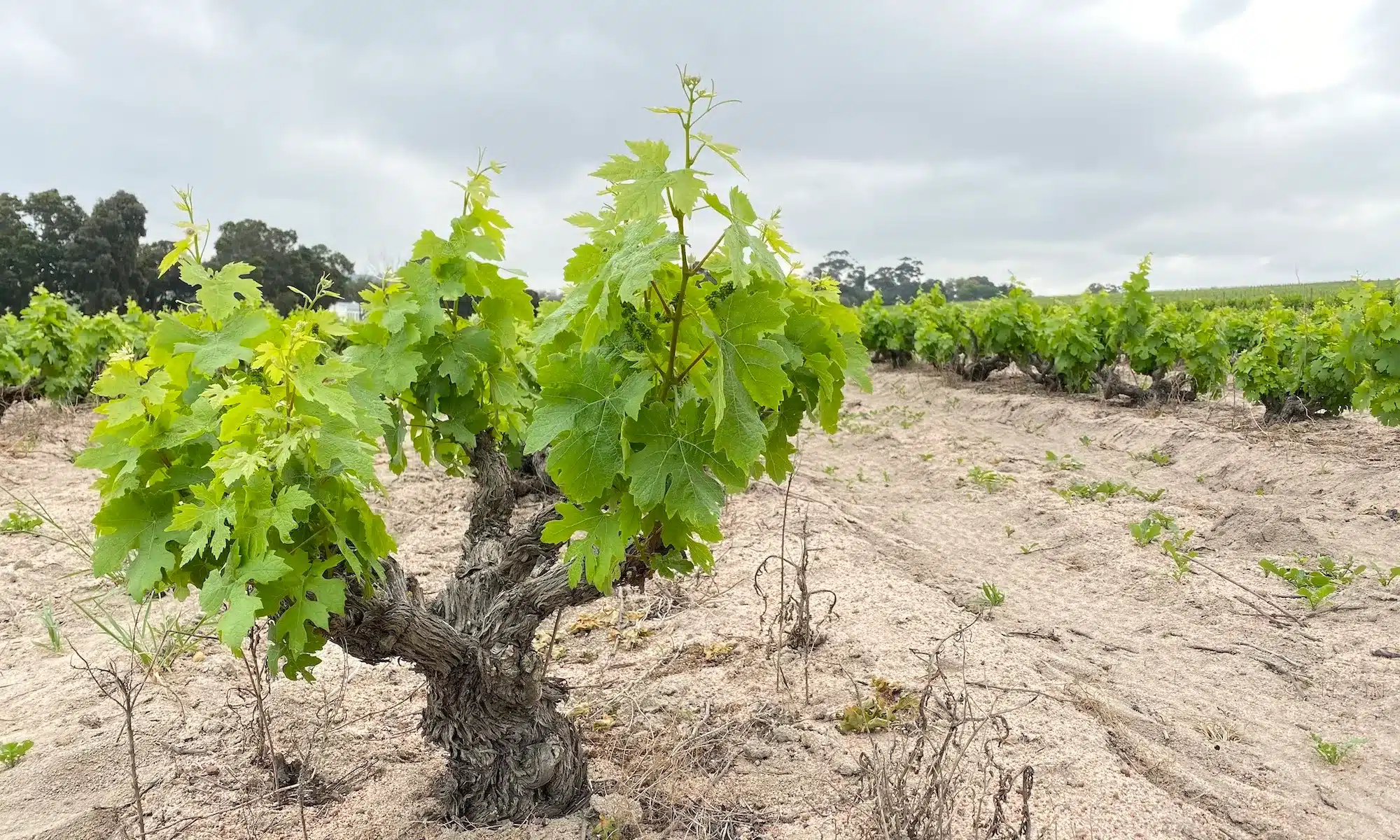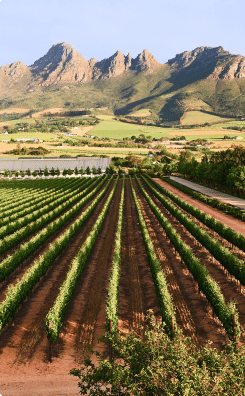Tim James: What’s happening with Pinotage?
By Tim James, 1 August 2022
It seems to be an ever-ripe question. Is there some evolution in the way the sometimes beloved, sometime execrated “national grape” (as the Pinotage Association has fondly and grandly called it) is being ushered into bottles?
In fact, the last few years have shown a bit – though not a lot – of interest in pinotage from the generally chenin-obsessed new wave. For the fashionable trend to light reds there’s been much more focus on cinsault, and any interest in pinotage has tended to have new-wave versions of this grape as a model – meaning early picking and consequent freshness and low alcohol, as well as the old barrels, natural and wholebunch ferments, and generally “minimal intervention” that has wider application. Interestingly, it was the pioneering extremist Craig Hawkins (now of Testalonga) who made what was perhaps the earliest such pinotage, for Lammershoek’s Lam range – the maiden 2010, a revelatory delight of freshness I remember it being, had 13% alcohol. Jorrie du Plessis now makes a perhaps superior version there, for the Mysteries line-up, at an even lower alcohol level.

Perhaps the most adulated example of the “hipster” approach to pinotage is Scions of Sinai Féniks (see here for Christian Eedes’s appreciation of the current 2021). I remember finding the 2018 too light for my taste – almost insipid though indeed splendidly fresh – at 11.5% alc, and the wine still seems to hover between that and just over 12%. Jamie Goode, in an article for this website, was more appreciative than I. He singled out the now already sadly defunct David & Nadia version and Féniks as “excellent wines: made from grapes picked at the right time, infused rather than extracted, and no new oak insight”. (I presume he meant “in sight” rather than “insight”, which would convey a rather different impression.)
Picked at the right time? Not in my opinion; the number of wines which carry what is for me sufficient vinosity and interest at 11.5% alcohol is minuscule. Sufficient, that is, to count as “excellent” wines. Fresh, perfumed and charming, perhaps. But I can’t agree with Jamie’s assertion that this “ethereal, elegant style is Pinotage’s future for the fine wine segment”.
Apart from anything else, such an exclusive approach tends to implicitly dismiss wines like Kanonkop Black Label and Beeslaar, which is obviously nonsensical (if Jamie will forgive my making a magisterial judgement in turn). Those two wines are, surely, unquestionably “fine” – and they are not the only examples of excellence in the generally dubious tradition of treating pinotage as though it were cabernet sauvignon made to please Robert Parker. I would agree, however, that to lose the majority of powerful, heavily oaked, sweet and heavily extracted pinotages and replace them with fresh, light wines – even those under 12% alcohol – would be a boost. The same would also be true of cabernet or syrah or merlot. Though, as Jamie remembers too, there do seem to be plenty of people who enjoy that style – and coffee-style pinotage too.
I would not, myself, often want more than a glass or so of Black Label, let alone some of the monsters out there whose time is surely coming to an end, but to lose that magnificent wine (which actually in its best vintages reminds me more of fine burgundy than fine bordeaux) would be a major loss to the world of wine. But I would like to see more wines between the hipster and the traditional styles. With wines of, say, 13.5% alcohol, judiciously oaked, one can aim at pleasures that go beyond accompanying the next lunchtime or bout of forgettable sunset sipping. Even, to an extent, those a bit lighter than this – like Rossouw Gouws & Clark from Ex Animo at about 13%, or False Bay The Last of the First at 12.5% (reportedly; I haven’t drunk this Platter’s five-star winner).
Just as, in my opinion, the great majority of wine-bar cinsaults at 11-12% alcohol levels (pretty, elegant, ethereal) are doomed to essential triviality and after the early pleasure of discovering the category do seem rather boring. So too are the equivalent pinotages. Essential triviality that won’t last more than a few years is absolutely ok and great to have around, but it’s not fine wine – and doesn’t deserve the big scores, and big prices, that it sometimes gets.
Pinotage can do more than that. I’m sure there are other examples that don’t come to mind now, or that I simply don’t know, but I’m talking about good, complex, youthfully enjoyable but ageworthy pinotages at around 13.5% alcohol, like Bruwer Vintners Liberté, Angus Paul Transient Lands, Giant Periwinkle Sun Spider, and Pella Thomas Se Dolland.
There’s no question these days that pinotage is a good, versatile grape that can make serious wines that develop with age, as well as light ones for the moment. There’s no harm – indeed a great deal of benefit – in having a range of styles on the shelf (and I haven’t even raised the subject of pinotage as a blending component). I’m particularly pleased, though, that a well-made middling style is coming through more strongly: ripe enough for a genuine depth of flavour but not overripe and sweetly ultra-powerful, with wood maturation to help give it complexity and ageability rather than the flavours of oak, fresh but with something more than charm to offer – serious wines, but modest in the best sense. It’s what I wish for Cape cabernet too, of course.
- Tim James is one of South Africa’s leading wine commentators, contributing to various local and international wine publications. He is a taster (and associate editor) for Platter’s. His book Wines of South Africa – Tradition and Revolution appeared in 2013.








Comments
0 comment(s)
Please read our Comments Policy here.